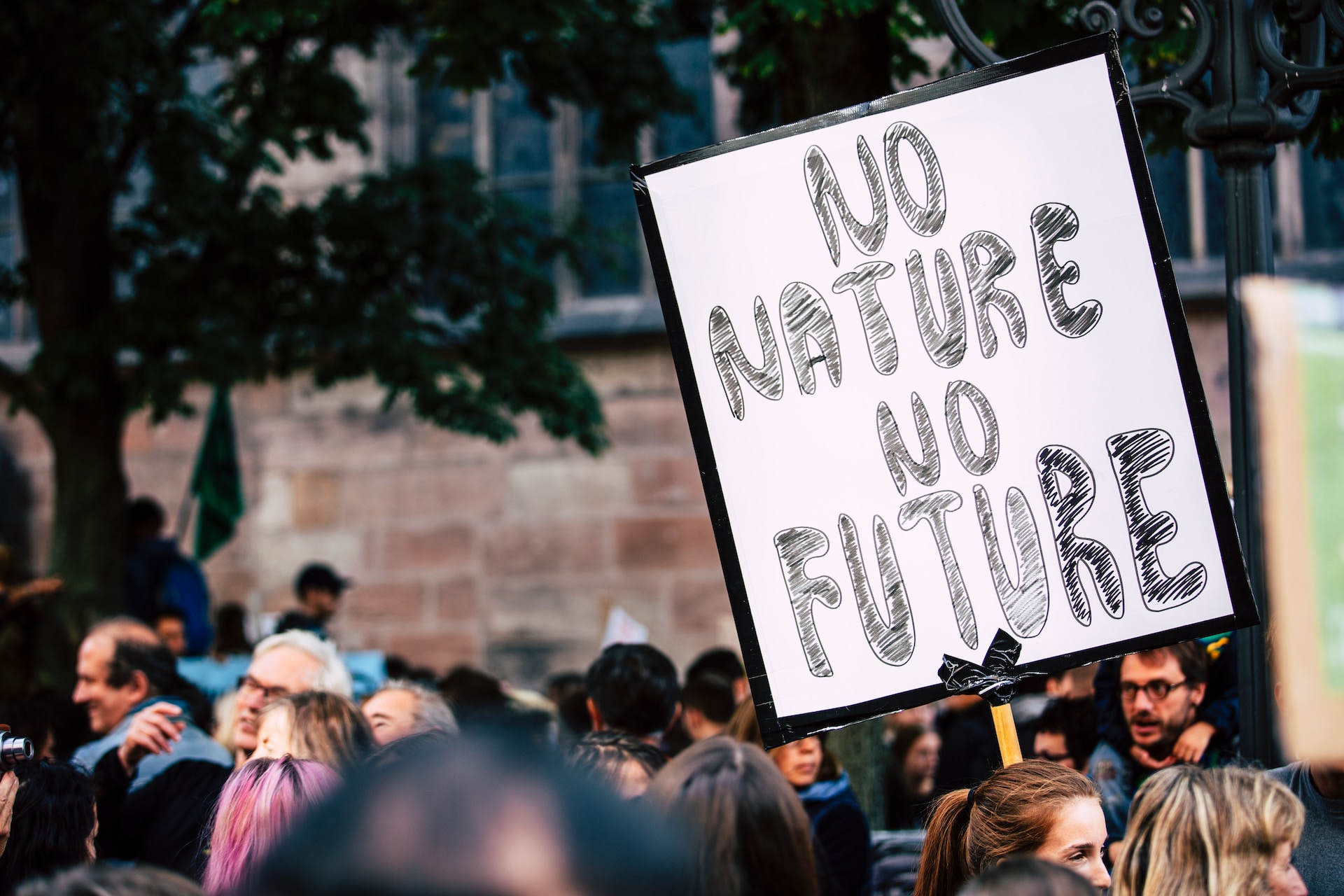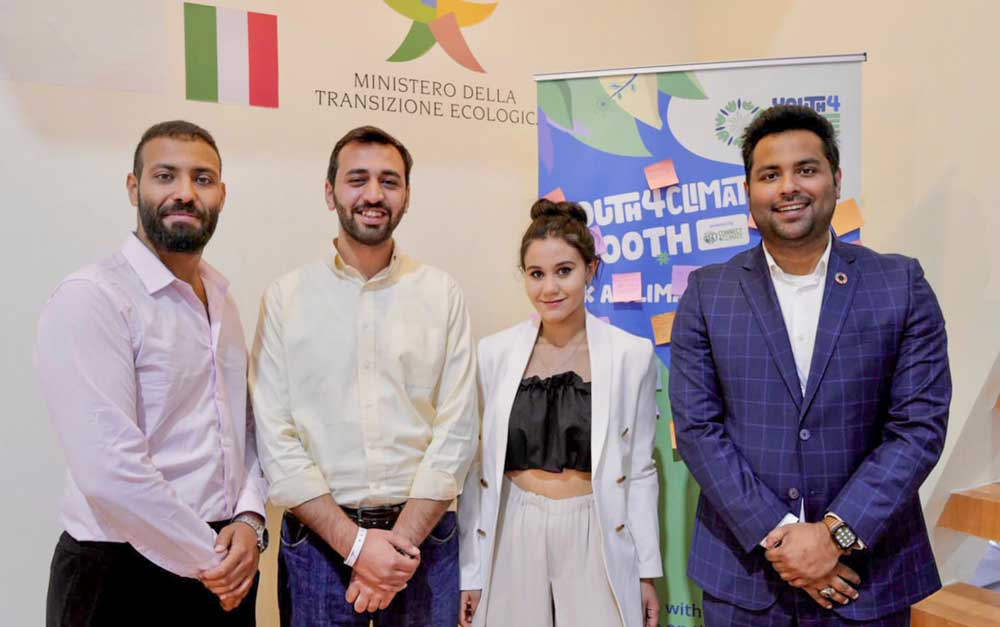
The Crucial Role of Arab Youth in Addressing Climate Change
The Middle East and North Africa (MENA) region stands at the forefront of the accelerating global climate crisis. With increasing temperatures, dwindling water resources, and fluctuating agricultural outputs, it becomes imperative for nations of this region to actively engage in global discussions and solutions. Yet, there seems to be a significant gap in representation, particularly among the youth, during critical events such as the Conferences of Parties (COP) and other climate events. This lack of representation is not just a gap in numbers but a missing piece in the climate solution puzzle. Here's why the involvement of Arab youth in these conferences is more than just symbolic –it's essential.
The MENA Region and Climate Change
The MENA region is particularly vulnerable to the adverse impacts of climate change. According to a 2019 report from the World Bank, the MENA region is warming 1.5 times faster than the global average . In addition to rising temperatures, the region is also experiencing a decrease in annual precipitation, leading to severe droughts. A more recent study in 2022 from the Climate Data Institute states that over 60% of the region's population now live in areas with high water stress .Despite these alarming figures, the MENA region lags behind in adopting adequate adaptation measures. The complex political landscape, combined with socio-economic challenges, often shifts climate change to the periphery. But time is ofthe essence, and the repercussions of inaction are too dire to ignore.
Youth: Underrepresented, Yet Essential
Given the importance of tackling climate change, it is surprising to note the underrepresentation of youth, particularly from the MENA region, inglobal climate events. Many national delegations attending COP and other international climate events often lack youthful perspectives. This absence is not just a statistical oversight but a critical miss in understanding and addressing the issue.
Why is the involvement of youth so crucial? First, they represent the generation that will bear the brunt of decisions made today. They have the highest stakes in the outcome and, therefore, should have a voice in the decisions shaping their future. Second, the youth bring fresh perspectives, innovation, and a unique energy often necessary to challenge the status quo and envision transformative change.

The Capacities of Youth and Their Role in the Solution
Youth today, especially in the MENA region, are more educated and connected than any previous generation. They possess the technical know-how, social networking capabilities, and a keen understanding of ground realities. Their capacities in terms of mobilizing, influencing, and driving change at a grassroots level are unparalleled. They are not just passive observers; they are active players ready to make a difference.Moreover, it's vital to remember that the Arab youth today are at the helm of numerous environmental initiatives, startups, and campaigns aimed at mitigating and adapting to climate change. Their participation in global climate events will not only amplify their efforts but also bring their unique insights, challenges, and solutions to a larger audience.
Conclusion
In summary, the MENA region, with its unique climate vulnerabilities, cannot afford to sideline its youth from critical discussions and decision-making processes on climate change. Their participation is essential not just for representation but for driving tangible, impactful, and sustainable change. As the region grapples with the growing challenges of climate change, it is the energy, passion, and innovation of its youth that will be its most potent weapon in this battle.

